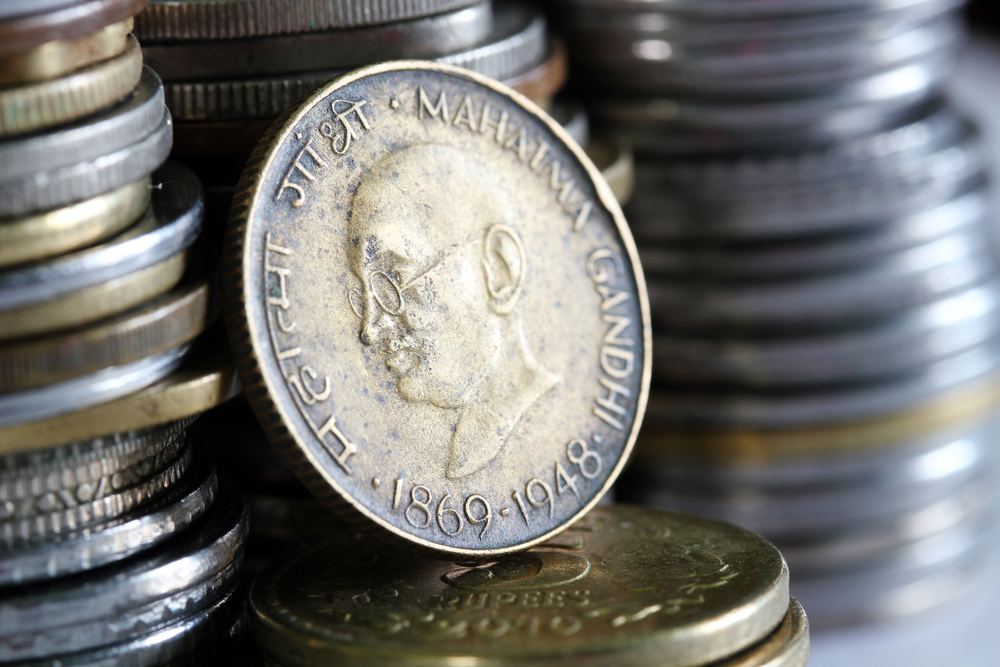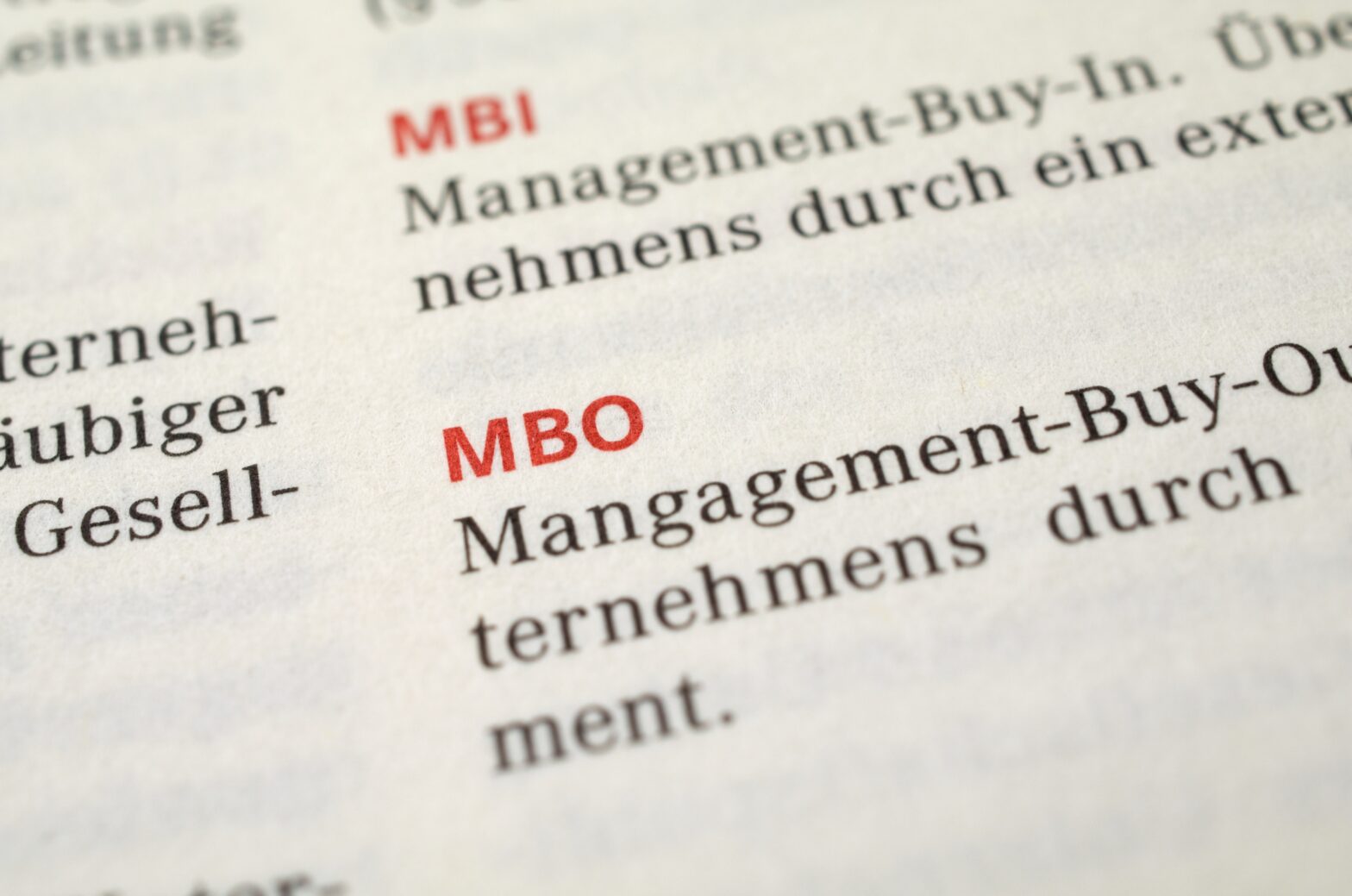Analysis of M&A statistics from the past decade indicates that India is the emerging market of choice for FTSE 100 companies looking to invest overseas.
India emerged as the fourth most targeted nation for investment, attracting more investment than any other BRIC countries (that is Brazil, Russia, India and China). According to the analysis, India accounted for $31 billion of investment out of $645 billion spent by FTSE 100 companies on M&A.
Recent developments in India
India did not have a great year in 2013, having been affected by volatile stock markets, depreciation in the Rupee and lower growth than forecast.
The same 12 months saw less private equity interest in India in terms of deal volume; however, private equity investment in 2013 increased in value by 20 per cent against 2012 to $9.1 billion, helped by big-ticket deals including Qatar Endowment Fund’s $1.2 billion investment in Bharti Airtel. There has, however, been a slowdown in mid-market deal activity.
According to global private equity firm KKR, India is the second-most risky emerging market due to high fiscal and current account deficits. In May 2013, 3i Infrastructure, the London-listed company which launched the $1.2 billion fund five years ago, decided to stop investing in India due to poor returns. 3i also announced that its future investment focus would be in infrastructure schemes in the UK and continental Europe.
The Rupee reached a record low against the US dollar in August 2013 resulting in foreign investors retracting money from India. The sharp depreciation in the Rupee was triggered by the US Federal Reserve’s comments in May 2013 regarding a potential scaling back of a key programme to increase liquidity in the financial system.
India’s economy expanded at an average of 9 per cent per year in 2005 – 2010, and its goal for growth is 8 per cent per year. In October 2013, the Reserve Bank of India scaled down its growth forecast for 2013/2014 from 5.5 per cent to 5 per cent.
However, the economy saw India’s main stock index, the Sensex, hitting a record high at the end of October 2013, increasing investor confidence. Other positive signs include the International Finance Corporation’s (the investment arm of World Bank) recent announcement that it has doubled its three-year global bond programme to promote capital markets and encourage foreign investment in India.
Moody’s, the rating agency, has recently stated that a downgrade of India’s credit rating is not on the cards.
Tesco has agreed a deal with Tata to launch a chain in India which has been approved by the Indian government. This is a good sign of India liberalizing its restrictive retail laws. It is proposed that Tesco will invest $110 million taking a 50 per cent stake in Tata Group’s Trent Hypermarket. It is not just UK companies seeking investment opportunity in India – Swedish retail chain H&M has recently secured the Indian government’s approval for the opening of stores in India.
David Cameron’s Indian trade mission promises to double trade with India by 2015, and provides a positive outlook from the British government.
The elections due to take place in India this May will also be important for India’s long-term growth and attractiveness to investors. Nahendra Modi, the BJP candidate for prime minister, is regarded as ‘business-friendl’,” and a BJP victory is likely to promote growth.
New companies legislation in India (some of which has not yet come into force) is due to facilitate business in India. Restrictive bureaucracy may have put off some investors in the past.
More on India:
- India: Still a land of opportunity for business
- UKTI mission to India
- David Cameron looks to hit a six
UK M&A activity generally
UK targets and US targets accounted for over half of investments (51 per cent) by FTSE 100 companies over the last decade, with UK targets receiving the most investment at 26 per cent. Whilst these UK companies are still investing domestically, it is clear that their sights are set on international expansion.
UK companies were involved in more M&A activity in 2013 than their European rivals. Some 106 deals over $100 million were completed in Europe in 2013, of which 30 were completed by UK companies. North America continues to hold first place, accounting for 60 per cent of global M&A by volume.
The ONS published statistics on UK M&A which showed that the first three quarters of 2013 resulted in less domestic acquisitions but of a significantly higher monetary value.
Future looking
EY predicted in October 2013 that growth in 2014 for rapid growth markets will be 4.7 per cent (a significant reduction from its 5.7 per cent forecast in July 2013). 2014 will be a key year in terms of where investors look to invest given the lower than expected growth in BRIC countries and other emerging markets. It may be that for now, investment in the UK, US and Europe will be the key focus. However, it seems that the overall sentiment is positive for M&A in 2014.







